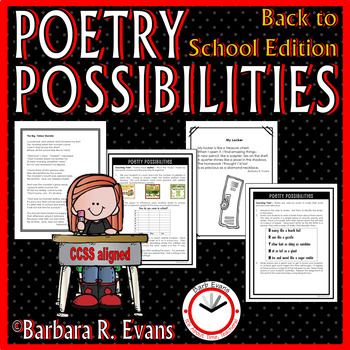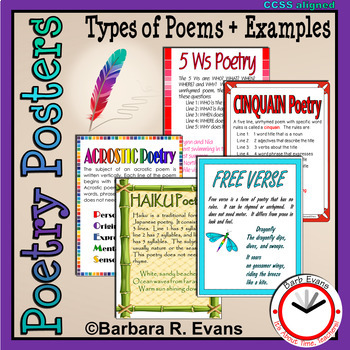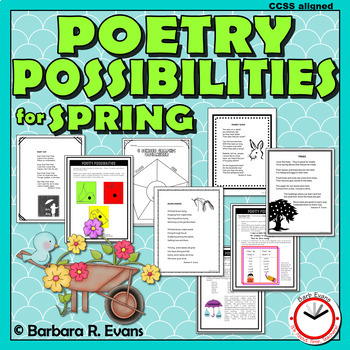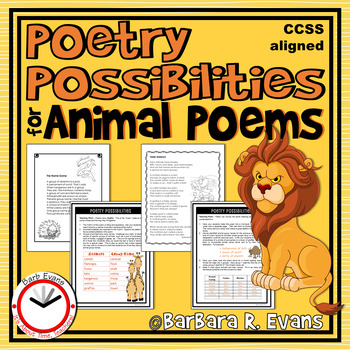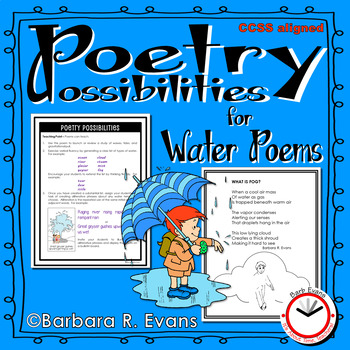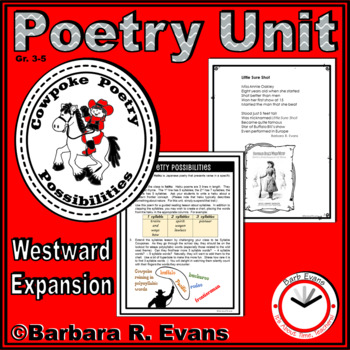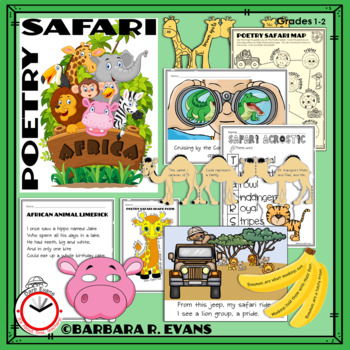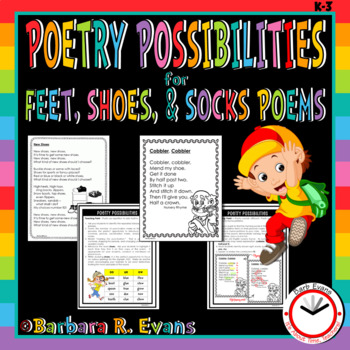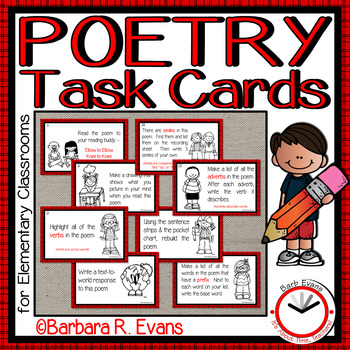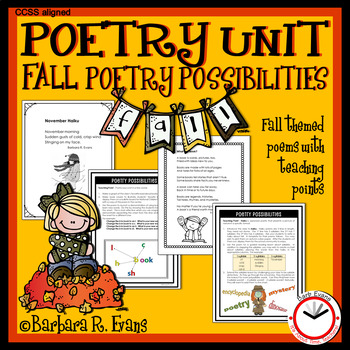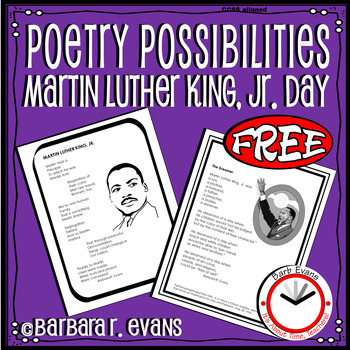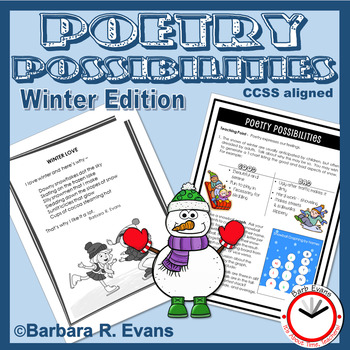As you plan for the new school year, consider incorporating poetry into your daily lessons. The potential for skills learned through poetry is nearly limitless.
Capitalize on the excitement of new school supplies to introduce this poem. Then select from the Poetry Possibilities (lesson suggestions) the activities to employ. This poem, for example, could be used to introduce/review adjectives and adverbs. Challenge your learners to write an acrostic poem about their new pencils. This poem is also great for studying punctuation. Lots of possibilities here!
Back to School Poetry Possibilities offers a variety of poems and a plethora of lessons. Each poem has a custom designed teaching point about poetic elements and forms. The Possibilities are tailor-made skills lessons, activities, and poetry writing prompts. The range of reading levels makes this unit appropriate to both primary and intermediate level classes. It also offers differentiated instruction to accommodate students reading above or below grade level. AND, this week this poetry unit is discounted 20%.





